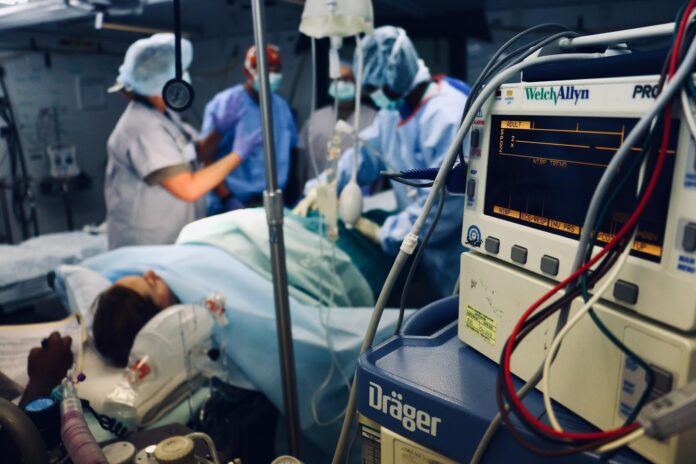No sector makes more critical use of technology than healthcare. Technological advances are crucial not only to care for patients, but it is also vital to medical research, administration of healthcare facilities, and data management. Countless patients’ lives have been saved, and innumerable more have had the quality of their lives directly affected for the better by advances in technology.
As well as these advantages, the constant development of new tech means that medical practices and protocols have had to develop in tandem – a healthcare professional of today has a far more varied role than they would have had a decade or more ago.
Furthermore, the significant advancements made in the field of assistive technology over recent years have drastically improved the living standards for many people living with chronic illnesses and debilitating conditions. This is certainly true for individuals living with amyotrophic lateral sclerosis, according to this blog post.
Here are some ways in which technology has improved healthcare.
Electronic Databases
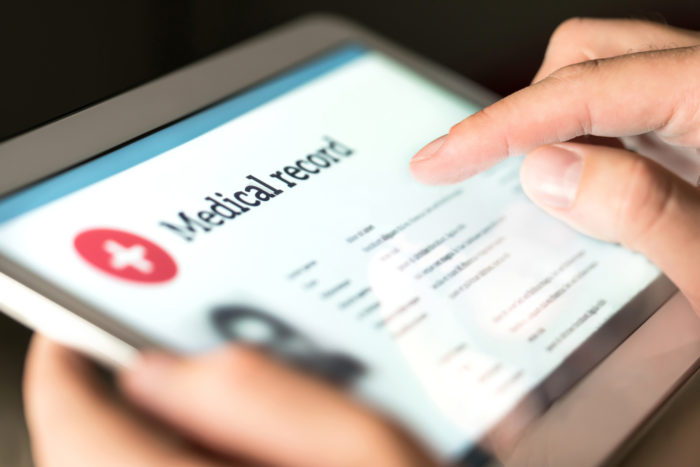
Gone are the eyes watering rows of shelves containing thousands of files. Arguably the most significant impact technology has had on healthcare, day to day is due to the transfer of medical data and records into the digital domain. It means that healthcare professionals can access the relevant documents immediately – without having to decipher some illegible handwriting! It means quicker, more effective treatment for patients, better follow up care, and fewer mistakes. Got an allergy? History of illness in the family? All this information is available to the relevant professional at the touch of a button. A streamlined workflow using digitally stored files means a more efficient service, as well as the ability to personalize and tailor care on a patient by patient basis.
Remote Access to Healthcare
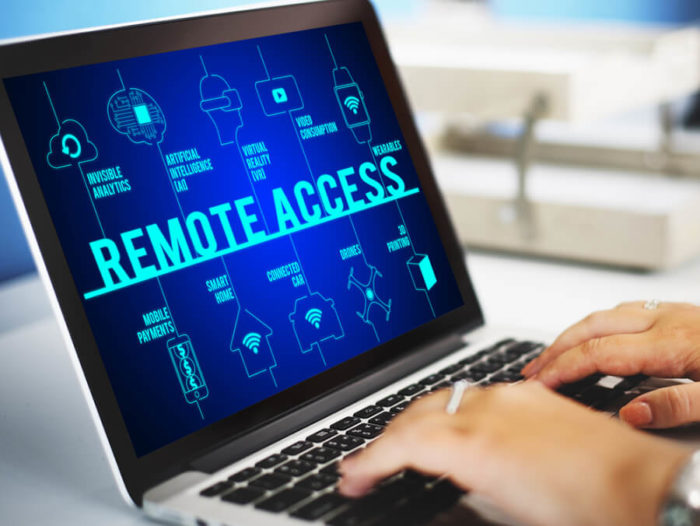
Health services are always on the lookout for ways to make their facilities more accessible and their processes more efficient. Many have now taken steps, made possible by technology, to bring healthcare into people’s homes. Services such as telephone triage (for example, the 111 services in the United Kingdom) ease the pressure on urgent care centers and serve to reassure people who would otherwise have to visit a doctor for that same reassurance. The ability to effectively triage patients on the telephone or online is a great help when it comes to streamlining services and making sure the right level of care is given to those who need it in a timely fashion. More radical approach is telehealth, a kind of virtual hospital that aims to provide healthcare for those in remote locations or those who may lack the means and funds to get themselves to a healthcare facility. It has so far been especially useful in managing and treating chronic illnesses and mental health problems.
Improved Testing and Imaging
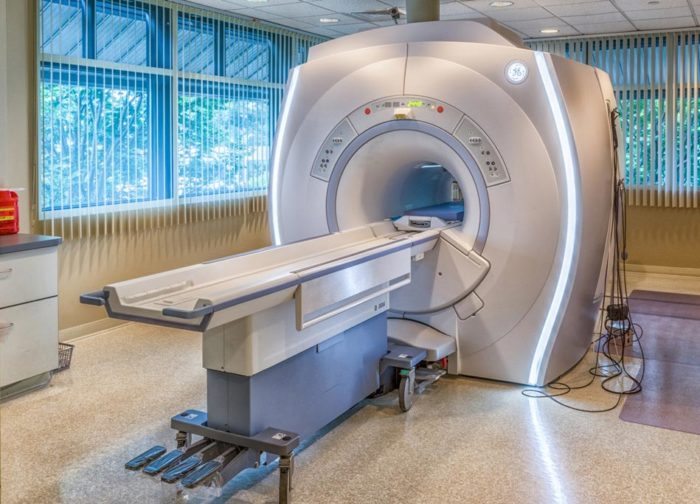
Current medical tests are more advanced than ever before. Imagining is more precise, more accurate, and more detailed, thanks to ever-developing technology. Knowledge is power, and nowhere is saying more cautious than in the healthcare sector. We now have advanced monitoring and imagining capabilities like Electrocardiography, X-ray Computed Tomography, Sonography, and Magnetic Resonance Imaging. That empowers doctors and other healthcare professionals by providing highly resolved and precise images of anatomical structures and physical functions that were never before possible. All this means a faster, more accurate diagnosis, early detection, and, therefore, better care.
Faster Results
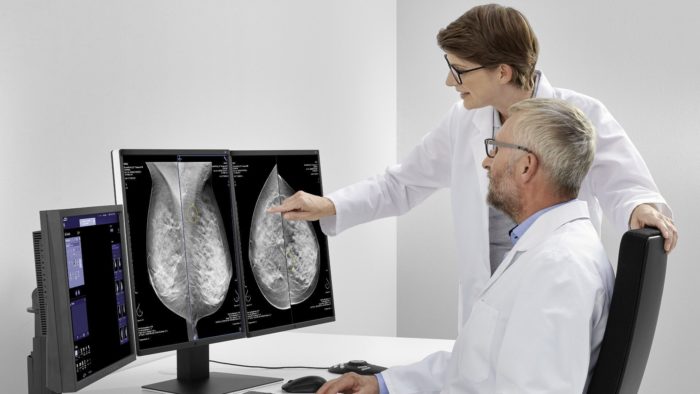
More effective and rigorous tests across a whole spectrum of therapeutic areas mean more accurate diagnoses. Coupled with the ability of healthcare professionals to access patient information on databases, immediately consult with other specialists around the globe and seek the most up to date expert advice, this is a significant leap forward. The stress and anxiety involved in waiting for test results are also minimized. Many hospitals and other healthcare facilities now have web portals, allowing patients direct access to their medical records and test results. Again, faster results mean faster diagnosis, and ultimately more rapid and more effective treatment.
Better Communication
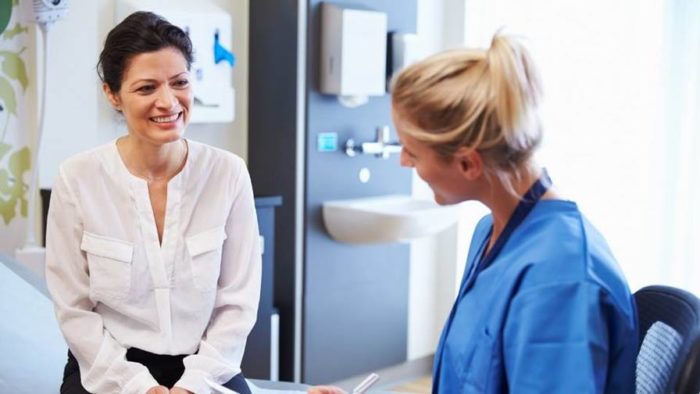
Clinics, hospitals, research facilities, and many more are taking advantage of social media platforms to reach their patients. That means that they can launch public awareness campaigns, send reminders for vaccinations, warn about potential dangers (be they seasonal, or more sinister, such as scares or epidemics) and generally be in touch with the community. Doctors and other professionals can reach out to individuals as well, to stay in touch with patients, give them information, listen to their concerns, and answer their questions. Pharmaceutical manufacturers can also use social media to conduct market research and improve their products. It is now commonplace to be able to order repeat prescriptions without having to go into a doctor’s clinic or a hospital physically. These can be ready to pick up at your local pharmacist, taking the inconvenience out of the process.
Technology is such an essential part of our everyday lives. We use, consume, interact with, and react to it always. Medical technology touches our lives in a particularly profound way – in fact, the course of medical history is determined by the development of technology. In turn, that technology informs the practice of healthcare workers and serves to benefit the health of us all.

